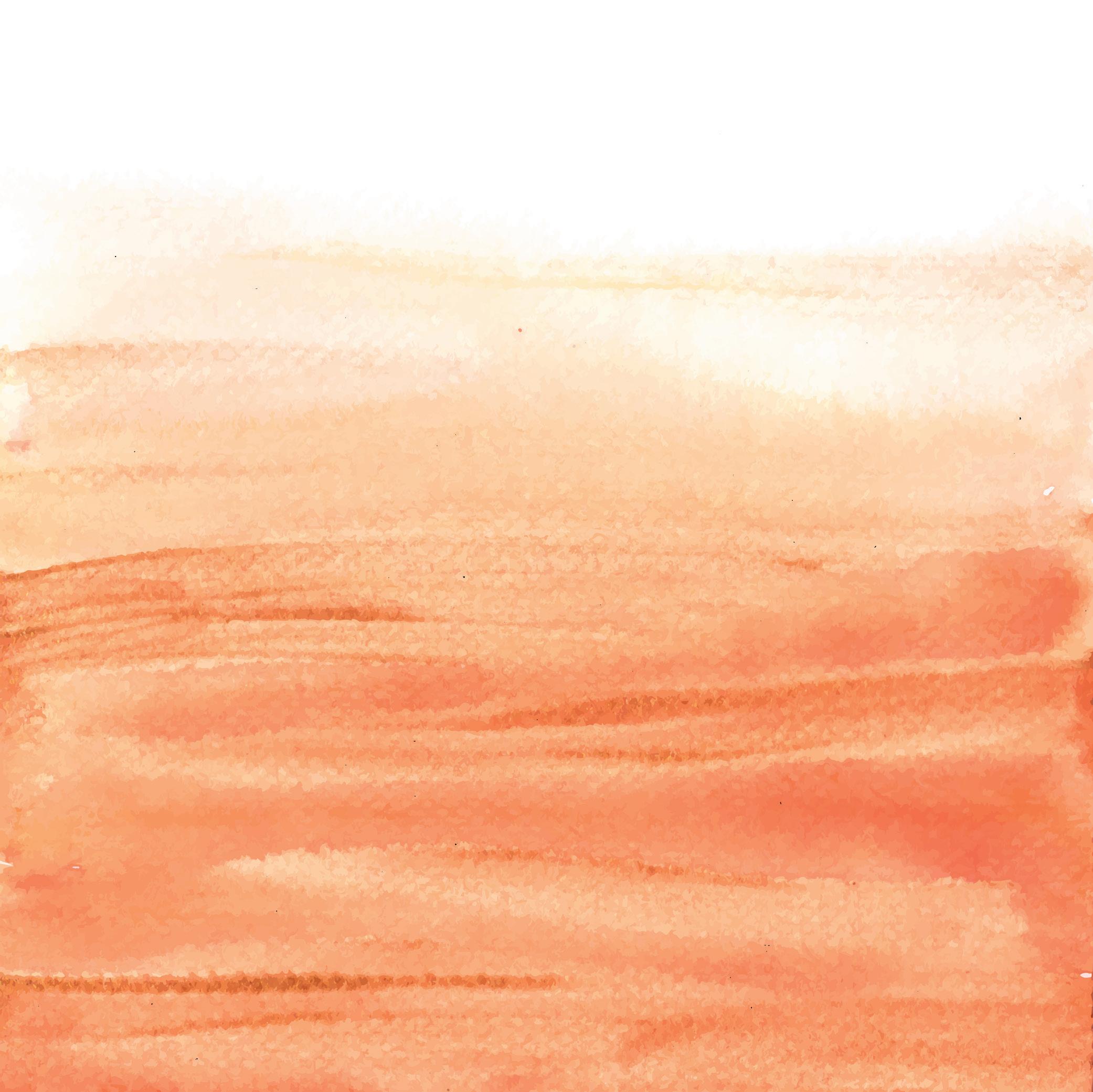
2 minute read
Boat Safety - Electrical Hazards
BOAT SAFETY Electrical shock
Hazards
Advertisement

For More Boating Safety Information, Visit: DiscoverBoating.Com
WARNING!
WATER AND ELECTRICITY DO NOT MIX!
To avoid injury or death, DO NOT: ◆ Swim in marinas ◆ Handle shore power cords without footwear ◆ Alter shore power connectors or cables ◆ Use "homemade" adaptors without UL mark ◆ Connect to receptacles different from plug ◆ Connect tools to outlets intended to power a boat In case of injury: ◆ Disconnect all power from all boats ◆ Remove victim from water, being careful not to fall in ◆ Summon emergency services and being CPR
WHAT TO DO: ◆ Never swim where boats are connected to shore power ◆ Only use cords and adapters that show no damage ◆ Only purchase and use equipment with UL listing marks ◆ Read and follow all manufacturers instructions /warnings ◆ Always wear rubber-soled shoes ◆ When using power tools, ensure connected to GFCI outlets ◆ In case of in-water repairs, disconnect all power, including on nearby boats
Electricity kills swimmers, boaters and people in marinas every year.
These deaths occur because of boat and marina wiring problems, component failures, or the use of improperly wired household appliances run by AC shore power. Virtually all of these accidents are avoidable.
While AC elecrical power is potentially deadly in any location, it is especially dangerous in and near water.
An electric shock can come from faulty boat or marina wiring in contact with water, concrete or metal docks. Electricity may be present on metalic objects such as marina electrical equimpement and shore power connectors, or even in the water. Contact with electrically energized equipment may result in painful shock, burns, muscle contraction or paralysis, loss of breathing and even stoppage of the heart.
Electricity may be present in water anywhere boats are connected to water, or if marina wiring is defective.
Electricity in water at low levels will paralyze swimmers to the point they lose muscle control, cannot swim and instantly drown, commonly known as electric shock drowning. At higher levels the electrical field can be strong enough to cause electrocution by cardiac arrest. The risk of electric shock drowning or electrocution is greater in fresh water.
Electricity cannot be detected without the use of test equipment.
Proper training, techniques and specialized test equipment are required to detect electricity in the water.

SAFETY CHECKLIST
WHEN CONNECTING TO SHORE POWER: ◆ Dock only at reputable marinas ◆ If you have any concerns, don't connect to shore power ◆ Shore power cords must be clean and dry ◆ Keep shore power inlet covers closed when not in use ◆ Do not handle shore power cords while barefoot ◆ Make certain there are no swimmers in the water nearby ◆ Shut off the boat's main AC breaker and dock breaker ◆ Check the boat's polarity alarm/light WHEN DISCONNECTING FROM SHORE POWER: ◆ Shut off the boat's main AC breaker ◆ Turn off the dock breaker ◆ Disconnect the dock end of the cord (always do first) ◆ Disconnect the cord at the boat receptacle ◆ Clean and dry the cord and store in a dry location ONCE-A-YEAR TASKS FOR AN ELECTRICIAN: ◆ Verify integrity of entire AC shore power grounding system ◆ Verify galvanic isolaters meet ABYC standards ◆ Inspect cords, adaptors, and receptacles for damage ◆ Operate electrical system at full load and check for AC system leakage and shoreside ground system










